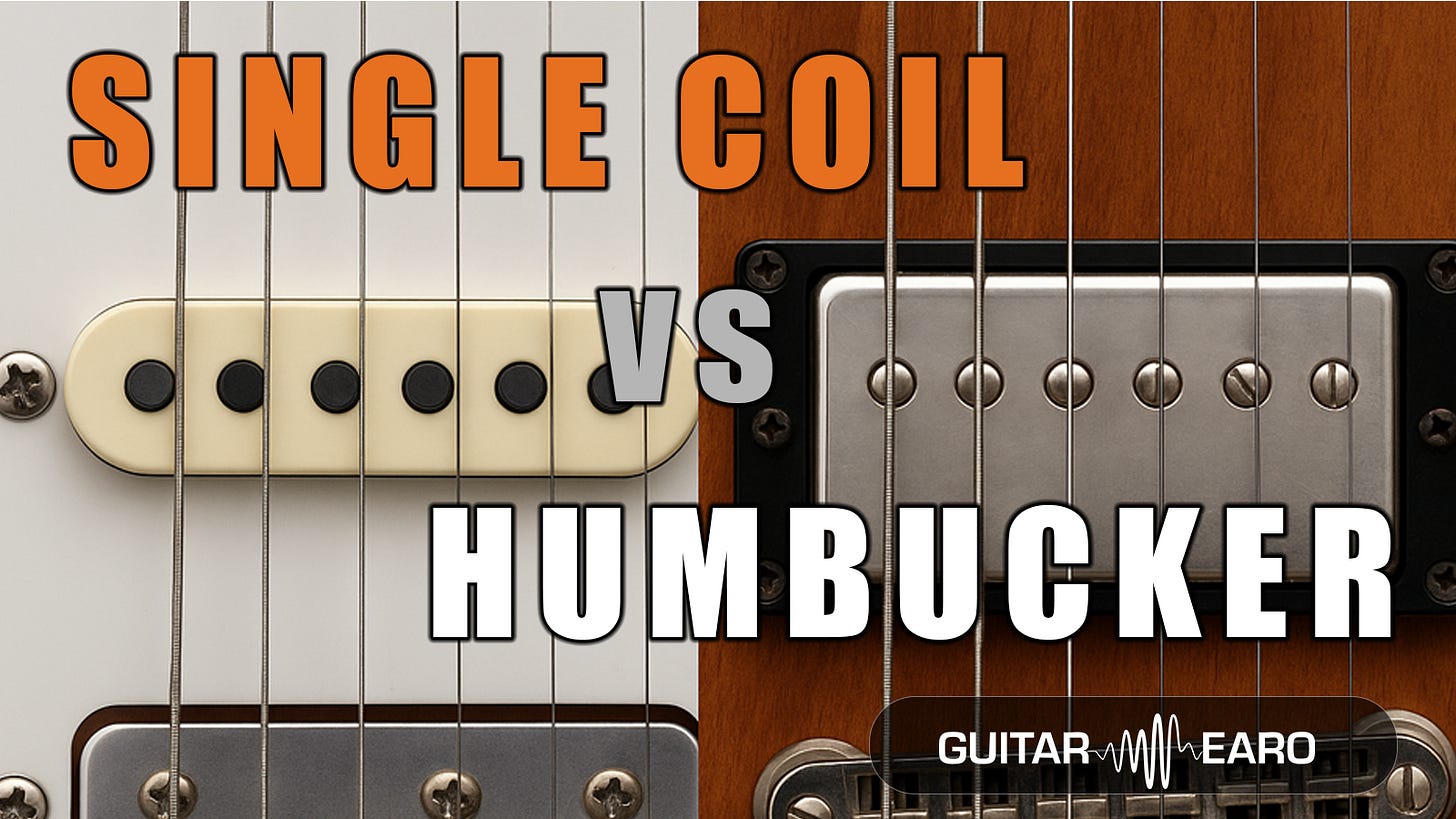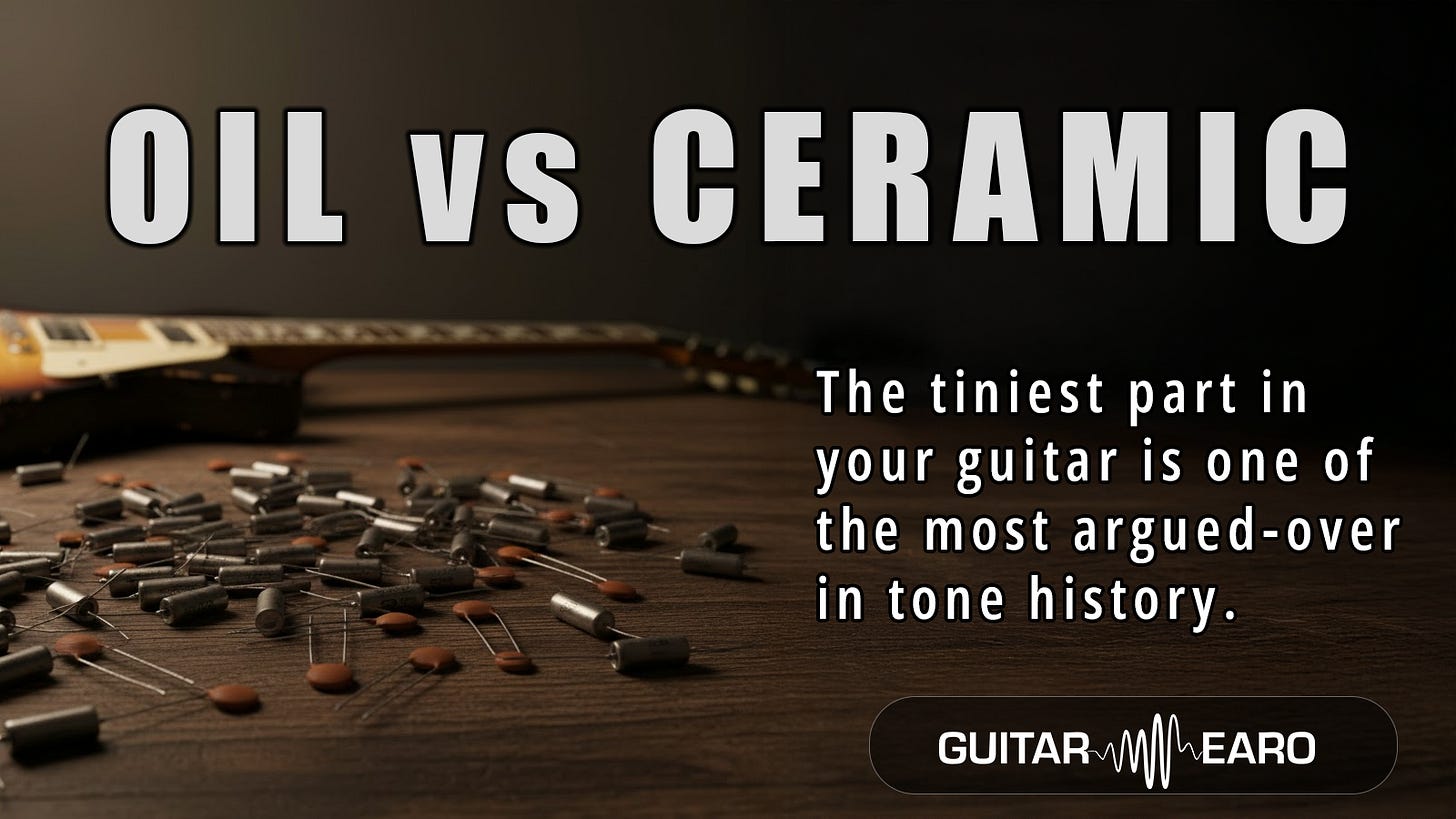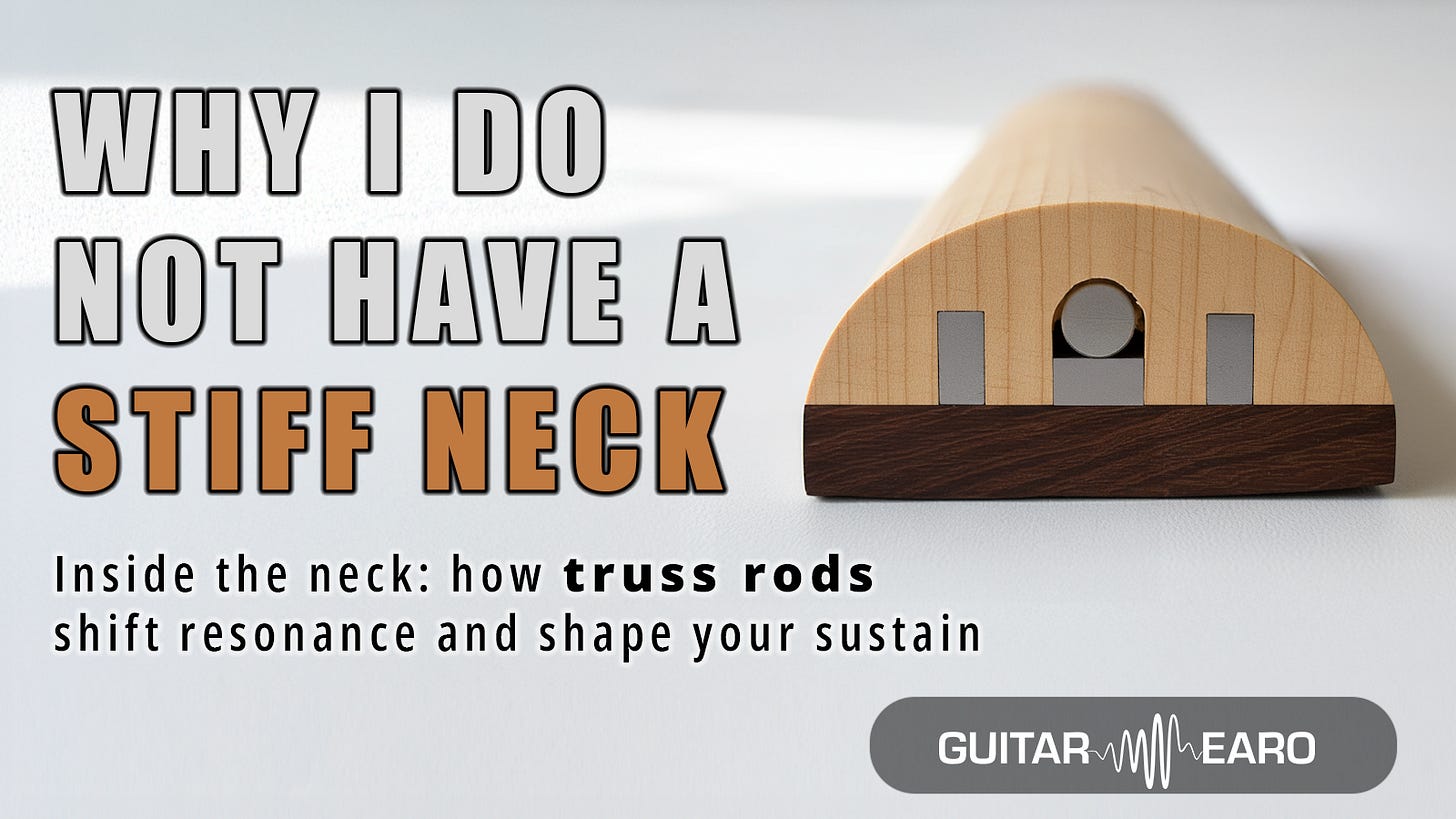Some swear the single-coil pickup is the only path to real tone: bright, articulate, transparent. Others argue the humbucker solved its fatal flaw (hum) and added fatness, sustain, and volume.
The war has raged since the 1950s, and if you ask a tone nerd to pick a side, prepare for a two-hour lecture.
Let’s get technical.
Origins of the Rivalry
By the mid-1950s, electric guitar players were fed up with noise. Fender’s single-coil pickups (as found on the Telecaster and Stratocaster) delivered stunning clarity but carried the infamous 60-cycle hum.
In 1955, Gibson engineer Seth Lover developed the Patent Applied For (PAF) humbucking pickup. His innovation: two coils wired out of phase, with opposite magnetic polarity, cancelling hum while boosting output. Around the same time, Ray Butts developed Gretsch’s Filter’Tron (filed January 1957): another dual-coil design that emphasized treble to suit Chet Atkins’ clean style .
The result? Two rival paradigms:
Fender’s glassy single-coils → precision, detail, and spank.
Gibson’s humbuckers → warmth, midrange thickness, and quiet operation.
Technical Fingerprints
When measured, the tonal signatures are obvious:
Single-coils typically resonate around 3–5 kHz, producing that characteristic “bite” and sparkle. They also preserve more dynamic range, meaning they respond to subtle picking differences with nuance.
Humbuckers resonate lower (around 2–3 kHz), often with a smoother roll-off and natural compression. The doubled coil increases inductance, creating a thicker low-mid presence while shaving off the very top end .
This explains why single-coils cut so well in a mix, while humbuckers tend to sit in a mix with more authority and sustain.
Cultural Divides
In the 1960s the divide was stark:
Surf and country players stuck with single-coils for cutting cleans.
Rock and jazz gravitated to humbuckers for fat, noise-free sustain.
Think: Hendrix’s Strat vs. Clapton’s Les Paul in 1966.
By the 1970s, hybrid solutions blurred the lines: coil-splitting, overwound single-coils, and HSS Strats (humbucker in the bridge). Still, players often defined their identity by pickup camp.
Famous Hybrids
Interestingly, some of the most celebrated tones came from designs that blurred the rivalry:
P-90s (technically single-coils, but fat and noisy).
Filter’Trons (humbuckers, but brighter and lower output).
Keith Richards’ “Micawber” Tele (with a Gibson PAF in the neck) .
These remind us that innovation often came from compromise, not purity.
Why the Debate Persists
The physics is measurable. The preferences are not.
Clarity vs. power. Dynamics vs. compression. Vintage vs. modern.
But the deeper reason this argument endures is cultural. Fender and Gibson marketed their differences as philosophical positions, not just technical ones. Fender celebrated workhorse clarity, while Gibson promoted luxury sustain .
Pickup choice became an identity marker, just like choosing Coke or Pepsi: and tone nerds still carry those tribal banners today.
The Takeaway
There is no winner.
There is only context.
Clean funk rhythm → single-coil.
High-gain arena riff → humbucker.
Hybrid tones → P-90s, Filter’Trons, coil-splits.
The beauty of the rivalry is that it keeps guitar design alive. Nearly every modern pickup variation, from noiseless single-coils to active EMGs, is an attempt to reconcile these two archetypes.
The electric guitar owes much of its diversity to this debate .
Closing Thought
The single-coil vs. humbucker divide is not a question of better or worse. It is the reason we have so many guitars in existence at all.
Every luthier, every brand, and every tinkerer is chasing the mythical middle ground.
And that is why this old fight, clarity vs. power, still shapes guitar tone in 2025.



